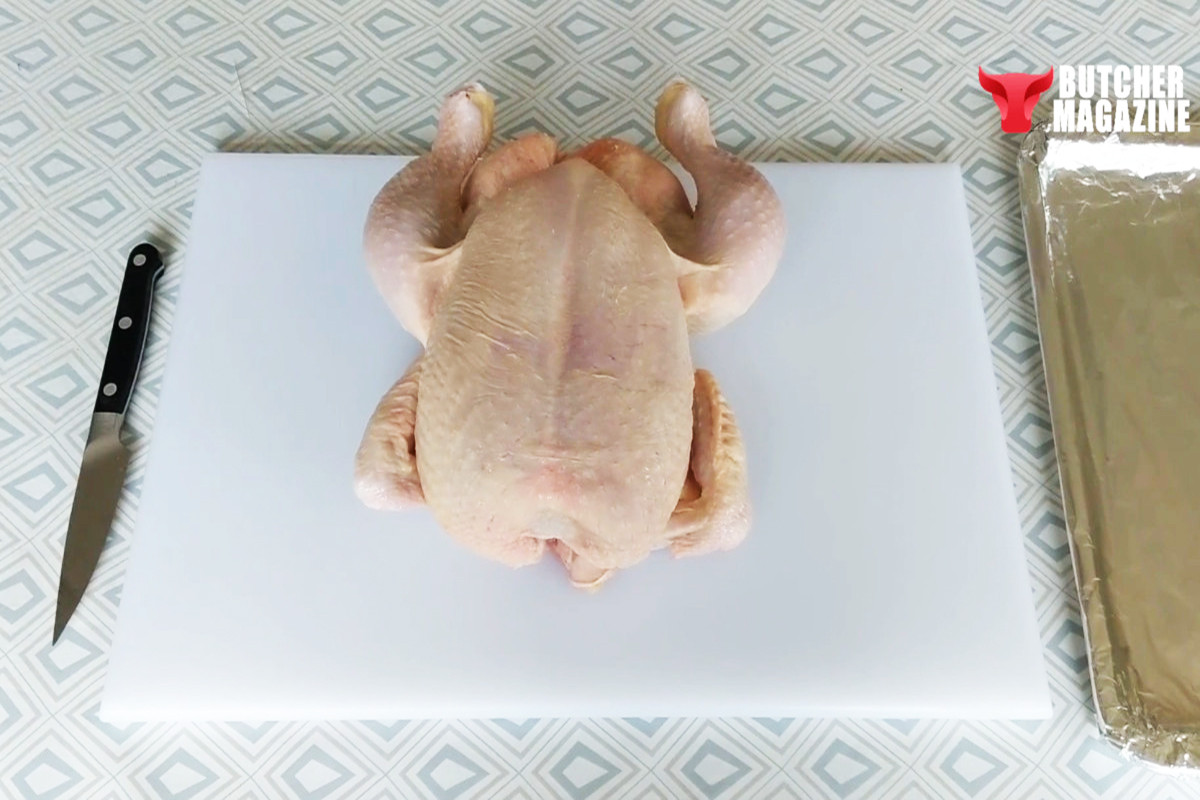
If you’re looking for a delicious, healthy option for your next meal, look no further than chicken. Chicken is a versatile protein that can be cooked in a variety of ways, making it a perfect choice for any occasion. But how do you choose the right chicken for your meal? And once you’ve selected your chicken, how do you prepare it for cooking? Here’s the Butcher’s Guide to everything you need to know about choosing, preparing, cooking, and serving chicken.
The chicken (Gallus domesticus) is a domesticated subspecies of the red jungle fowl, with attributes of wild species such as grey and Ceylon jungle fowl that are originally from Southeastern Asia.
Chickens are one of the most common and widespread domestic animals, with a total population of 23.7 billion as of 2018. (Wikipedia)
The 19th Century French gastronome Jean Anthelme Brillat-Savarin wrote ” To the cook, poultry is what canvas is to the painter. We may serve it boiled, roasted, fried, hot or cold, whole or in pieces, with or without sauce, boned, skinned, stuffed, and always with equal success.”
Chicken is a very versatile meat and you could make a new chicken dish every day for a year without repeating.
Because chicken is mild flavored it takes seasoning, rubs and marinades well.
You can cook chicken so many ways and use many ingredients to flavour it, the list is almost endless.
Whole Chicken
Chickens vary in size from country to country and from region to region within countries.
There are many breeds with different characteristics but large processors favor fast growing meat birds.
In the USA there are roasters and fryers ranging from 7lbs down to 2 lbs weight or less.
You can buy a whole chicken, a boneless chicken, spatchcocked, boned & rolled. halved, quartered, cut in 8 pieces, in single fillets, legs, thighs, drumsticks or wings. You can buy cooked chicken on the street, from the well-known fast-food restaurants, from a supermarket, from a local farmer. You can raise chickens in your backyard if you want to.
I recently asked Craft Butchers in Ireland how much chicken they sell every week and it averaged out at 35% of total sales. That’s a lot of chicken and it shows how popular it has become. The price of chicken is rising rapidly worldwide because of the conflict in Ukraine, and the increases in transport, feed, labour and packaging costs.
Ireland is the highest consumer of poultry meat in the EU while at the low end of the egg consumption scale.
Free-Range, Organic, Corn Fed
People who care about animal welfare look for free-range and organic chickens because they care about how the chickens live before slaughter. What animals eat and how we farm them has a big impact on how they taste and how tender they are. Modern production farming can be quite intensive and animals can be treated as a commodity and lead short miserable lives so we can have cheap protein.
There was a time when chicken was pricey and was an occasional treat. Nowadays chicken is readily available and inexpensive.
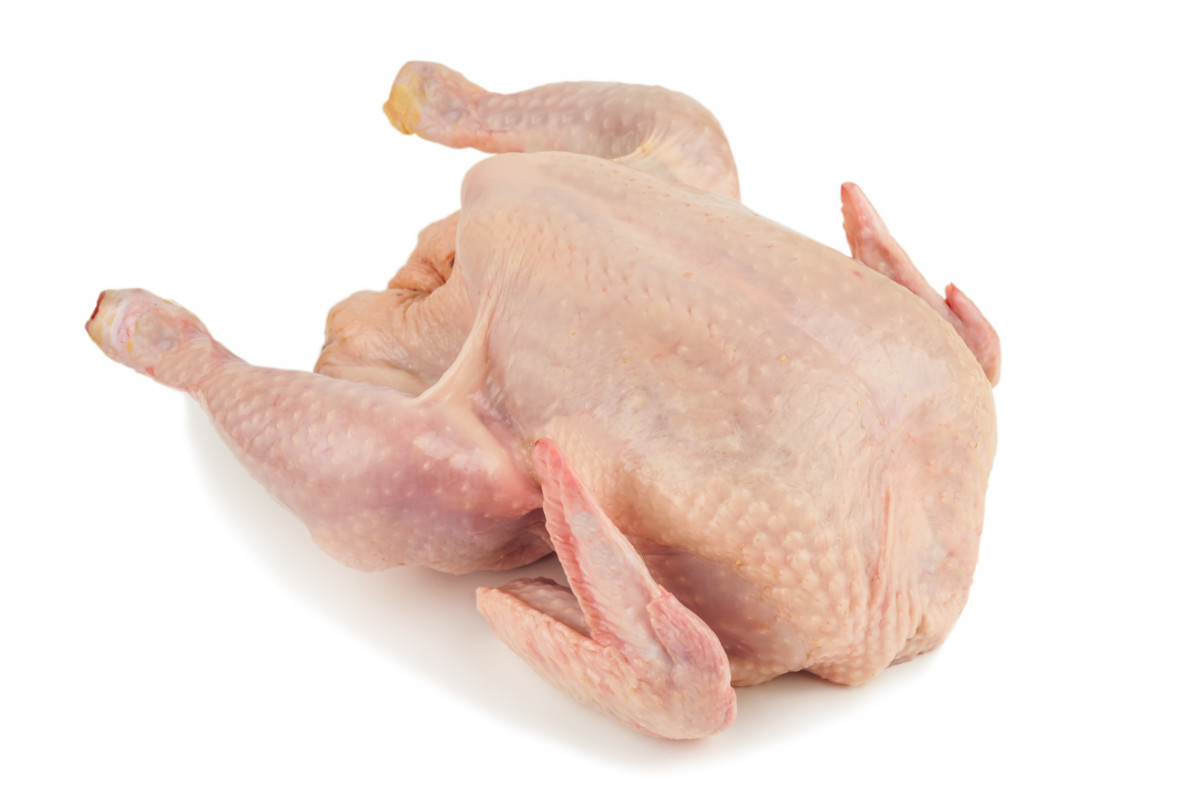
Cooking a Whole Chicken
Cooking a whole bird is really simple – preheat the oven, put the bird in for the required time and you’re done. But that lacks a bit of flair, doesn’t it? You can roast a chicken in the oven conventionally, or you can cook it on a rotisserie. Then there’s the latest fad, air fryer whole chicken. Try the recipe from Jo Cismaru.
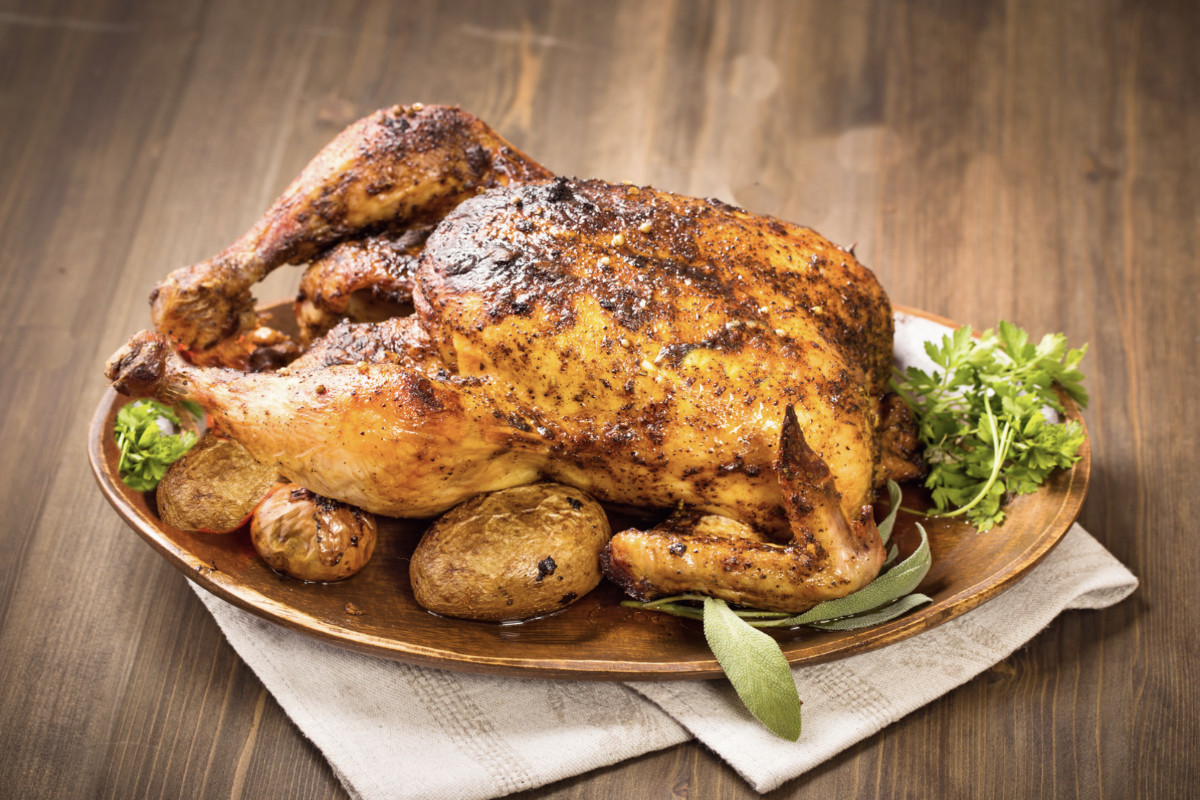
Roasting a chicken
This recipe uses simple ingredients that you probably already have in your kitchen. If you don’t, you can find them easily and cheaply at your local store. With only 5 ingredients paired with a tried-and-true method, you’ll be a master of chicken roasting with your very first stab at this recipe. There are lots of methods out there that are complicated. With the right simple blend of flavors and this easy method, you will always get chicken that tastes restaurant quality with minimal cleanup at the end.
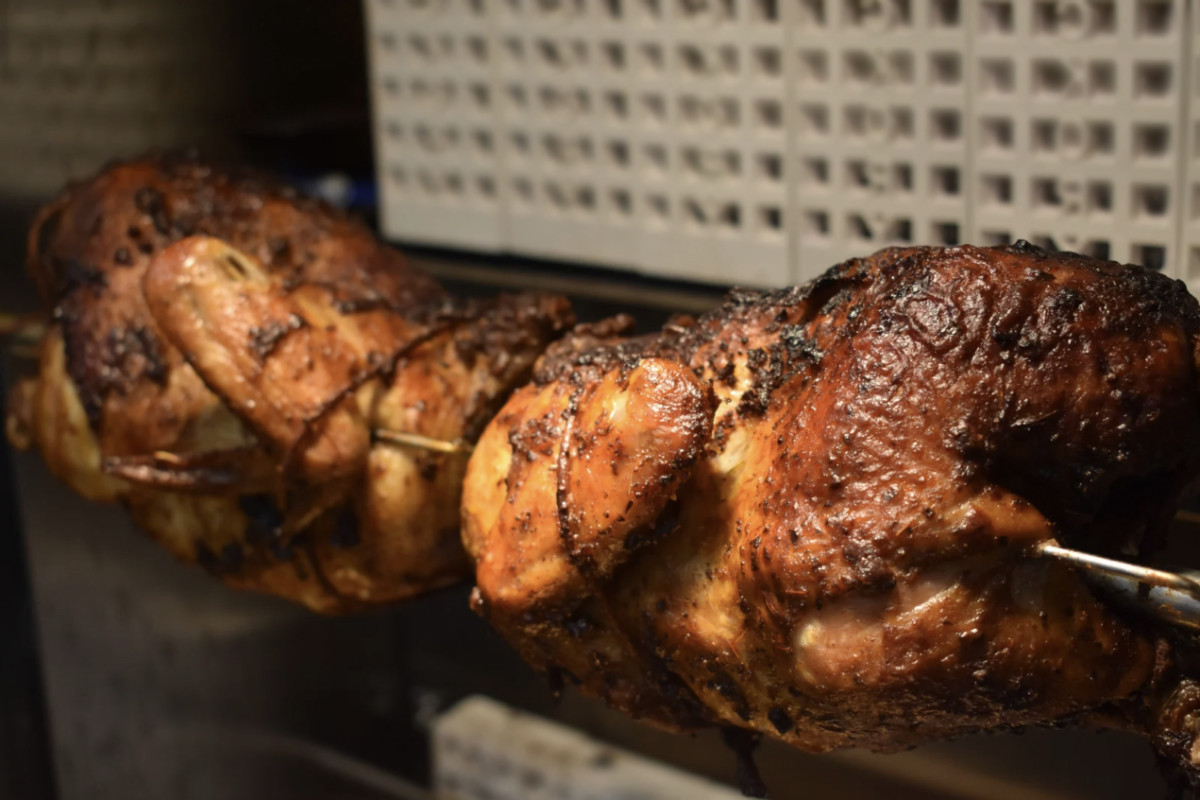
Breaking a chicken into 10 pieces
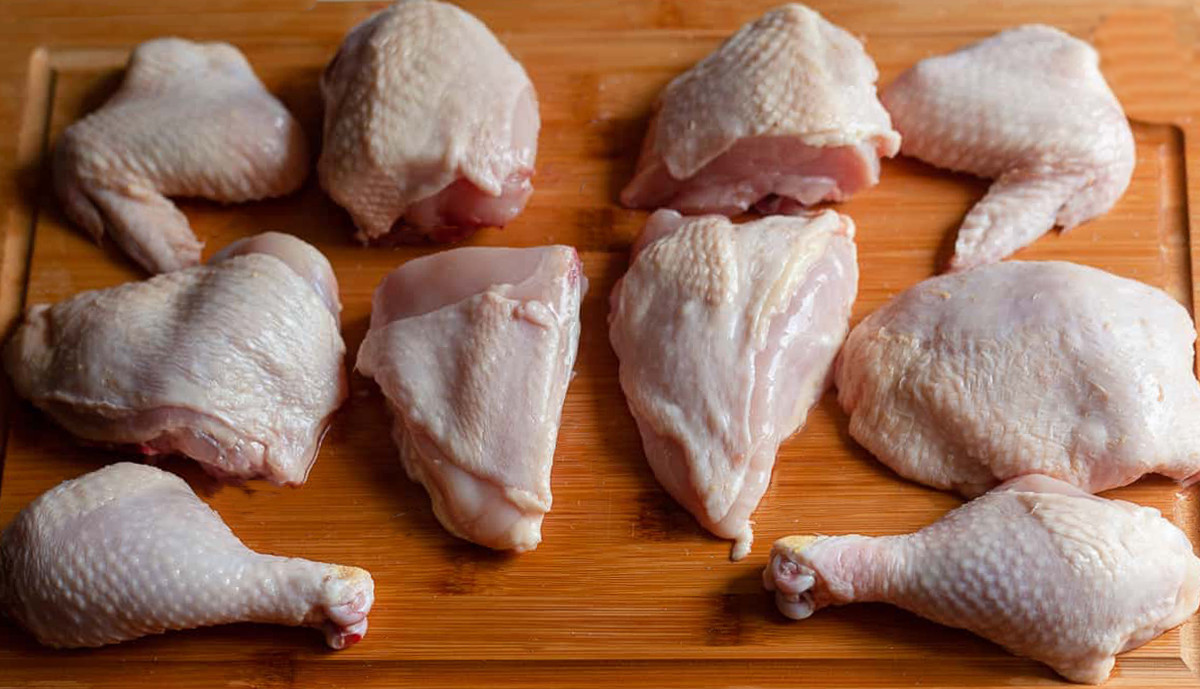
If you buy a whole chicken and find you don’t need it all, you can break the chicken down into usable pieces. First cut down between the leg and the carcase on each side. Snap the back bone and separate the front and back halves of the chicken. Place the knife blade on one side of the backbone and with the palm of your hand press down to break the bone. Do the same on the other side. Now you have two legs without the backbone.
Separate each drumstick from the thigh at the joint. Remove any excess fat and skin from the thighs. Remove the wing tips from each side. Take off each wing at the joint. You can remove the drumette from the breast at this stage, but I prefer to leave them on for Chicken Supremes. Trim off excess fat and skin, and if any innards remain inside the body cavity, take them out.
Cut down on either side of the backbone. Place the chicken breast side down and split the breastbone. At this point, you can cut the chicken breasts in two and you will have 10 chicken pieces.
The pieces can be fried, baked, grilled, or casseroled.
Chicken Stew
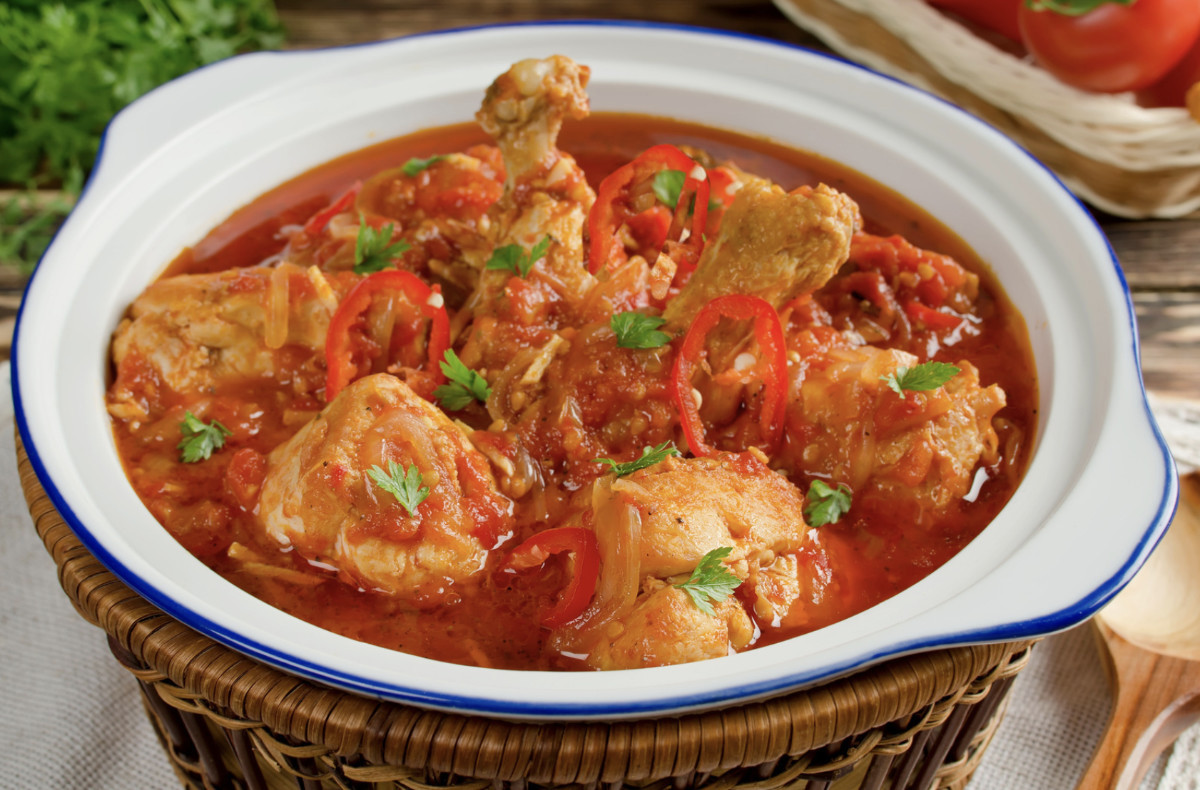
Tafina de Poule
According to religious law, Orthodox Jews are forbidden to cook on their Sabbath (Saturday). Traditionally, a hearty stew, or cholent, was prepared on Friday evening, and was then left to cook overnight in the cooling embers of a baker’s wood-fired oven. The casserole was collected the following day and eaten at lunchtime while it was still warm. This recipe for tafina-a type of cholent-has been adapted for cooking in a contemporary gas or electric home oven.
3 to 4 lb. chicken, cut into serving pieces
2 tbsp. olive oil 30 ml
10 medium-sized onions, quartered
4 large tomatoes, peeled, seeded and coarsely chopped
2 lbs fresh broad beans, shelled and peeled (or substitute fresh limo beans, shelled)
salt and pepper
2 cups water ½ litre
20 small dried, pitted prunes
In a heavy casserole saute the chicken pieces over high heat in the olive oil. When the pieces are golden brown, add the onions and saute them until they begin to color. Add the tomatoes and broad beans. Season with salt and pepper, pour in the water and reduce the heat. Simmer, covered, for about 30 minutes. Add the prunes. Cook at the barest simmer over low heat, using a fireproof pad under the casserole, or bake in a cool oven, preheated to 300° F. 150° C for 5 to 6 hours. Check from time to time to be sure that there is enough water, and if necessary add some.
From Time-Life Good Cook Series: Poultry © 1978 Time-Life lnternational(Nederlondl 8.V.)
Boneless Whole Chicken
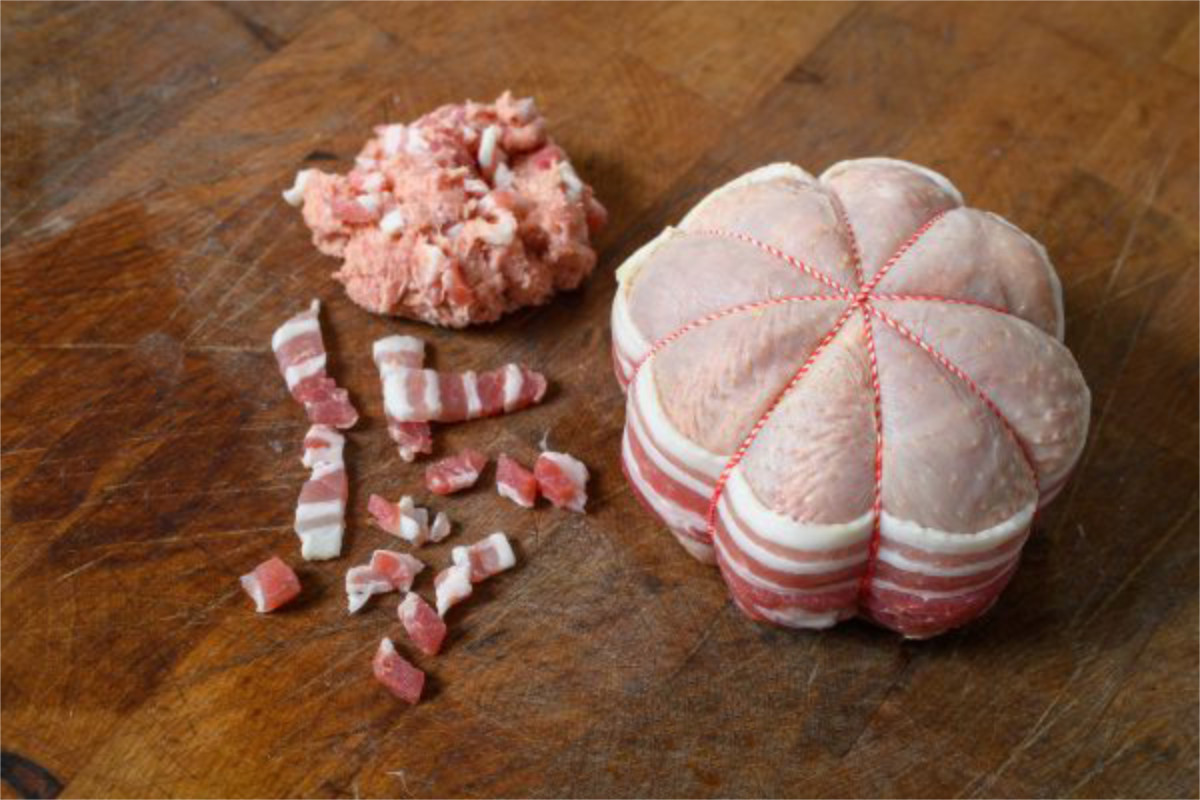
If you prefer easy carving, you can ask your butcher to bone and roll a chicken or prepare a chicken cushion. This will make carving the chicken much easier and will also help to keep the chicken moist while cooking.
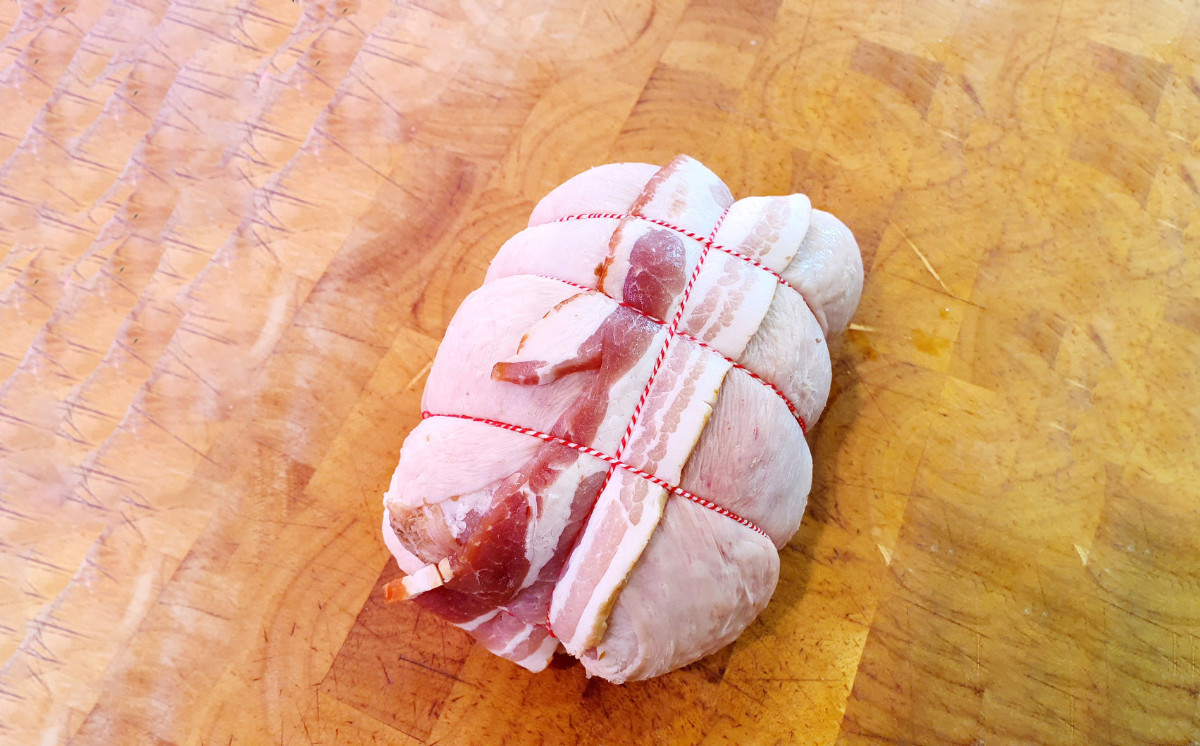
Boned & Rolled Chicken
Some people find chicken on the bone too fiddly to eat so they have their butcher bone and roll, and sometimes stuff the chicken for them. This is especially convenient when hosting dinner parties or other events where serving a whole chicken would be impractical.
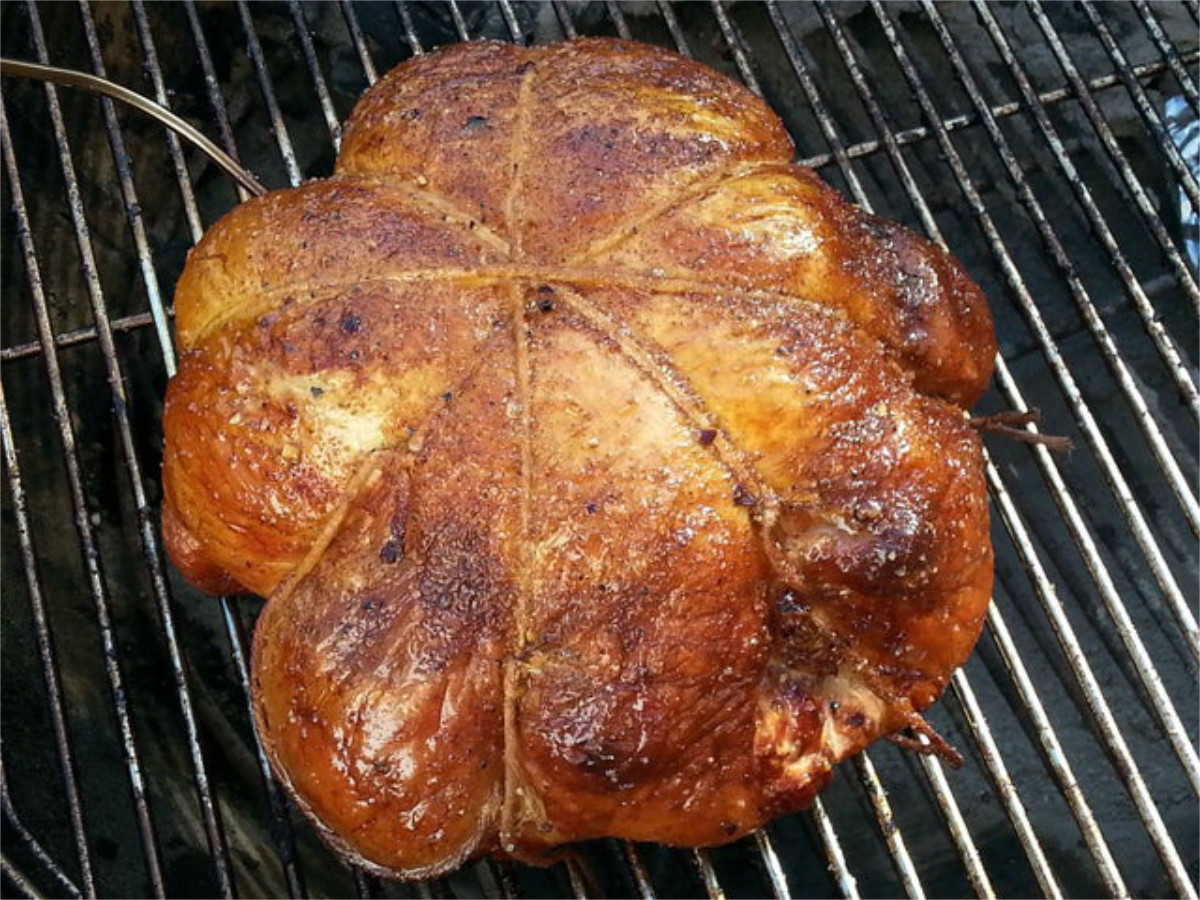
Chicken Supreme
This is a chicken breast with most of the bone removed and with the wing still attached. It can be cooked skin on or off (I prefer it on for flavor). It can be marinated or rubbed to add flavor.
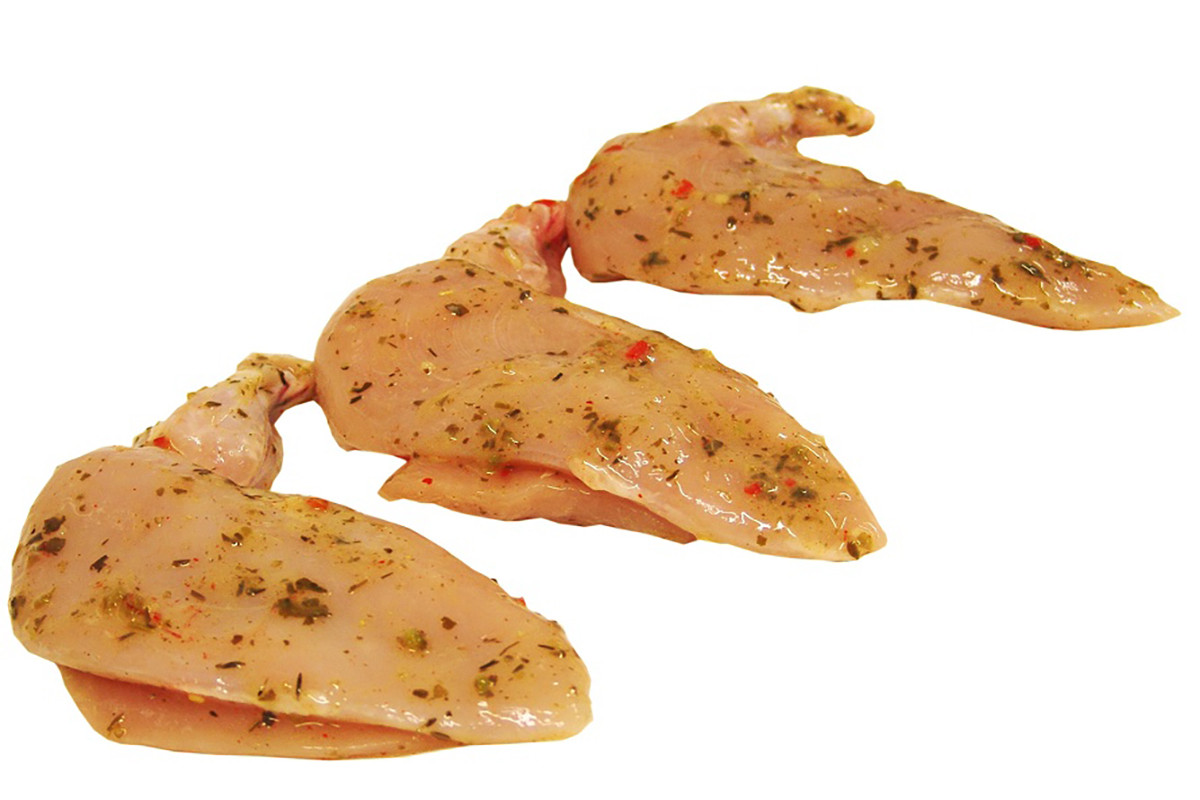
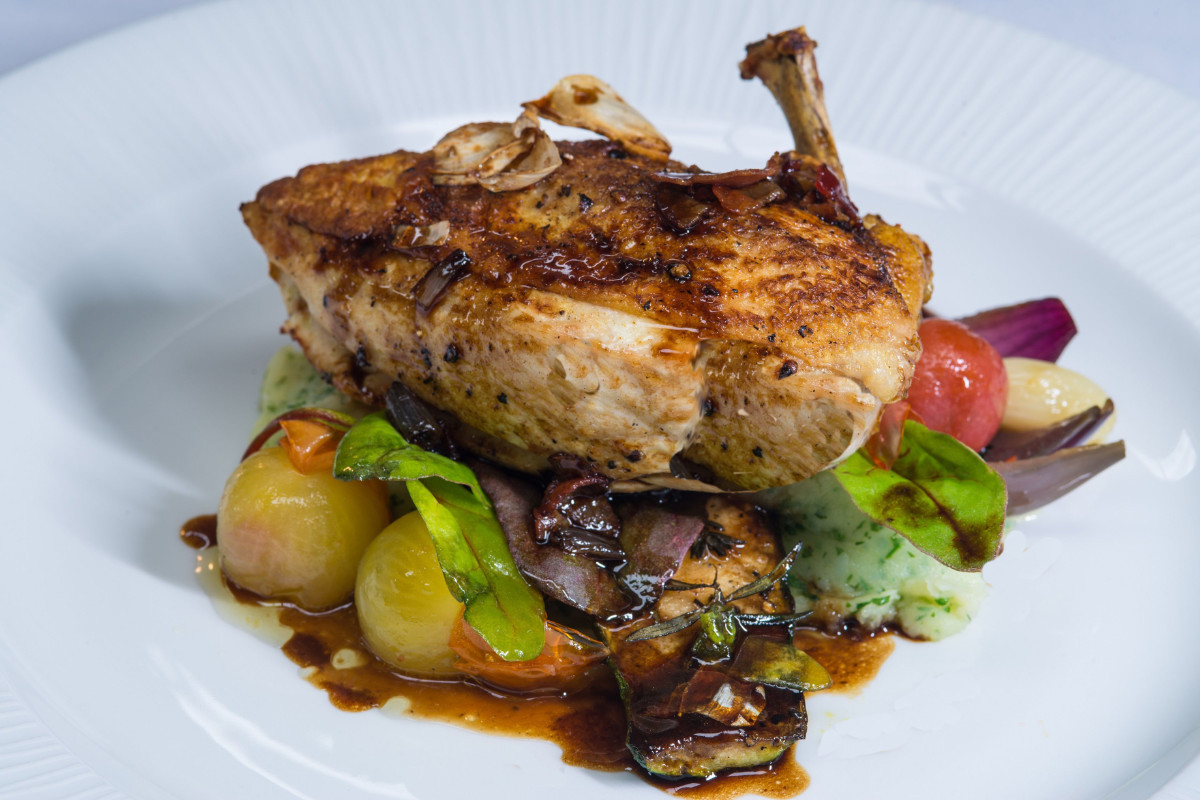
Boneless Chicken Breast
This is by far the most popular chicken cut. No bone, no skin, just pure white meat. It can be fried or grilled, sliced for stir-fry or goujons and diced for curry or sweet and sour dishes. Chicken fillets are super popular and there are thousands of recipes available. Baked or fried, we can use chicken fillets for sandwiches.
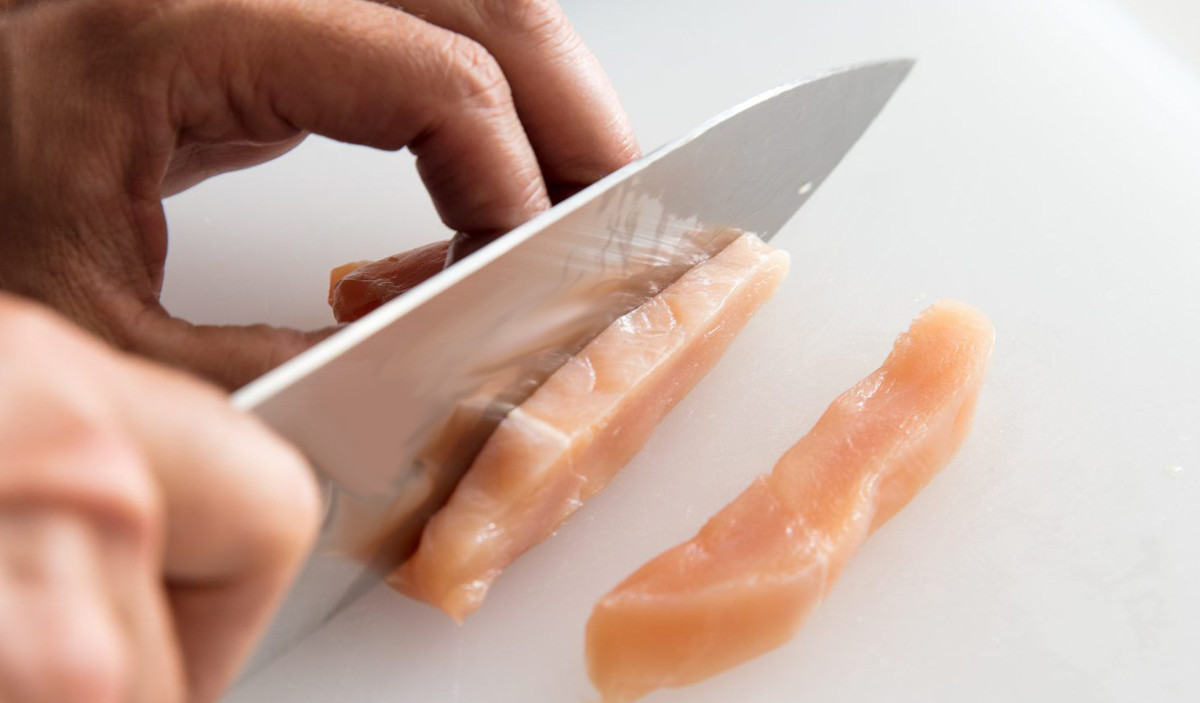
Breaded Chicken
There any many copies available of the famous southern fried chicken coating. Why not try a few to see which one you like best?
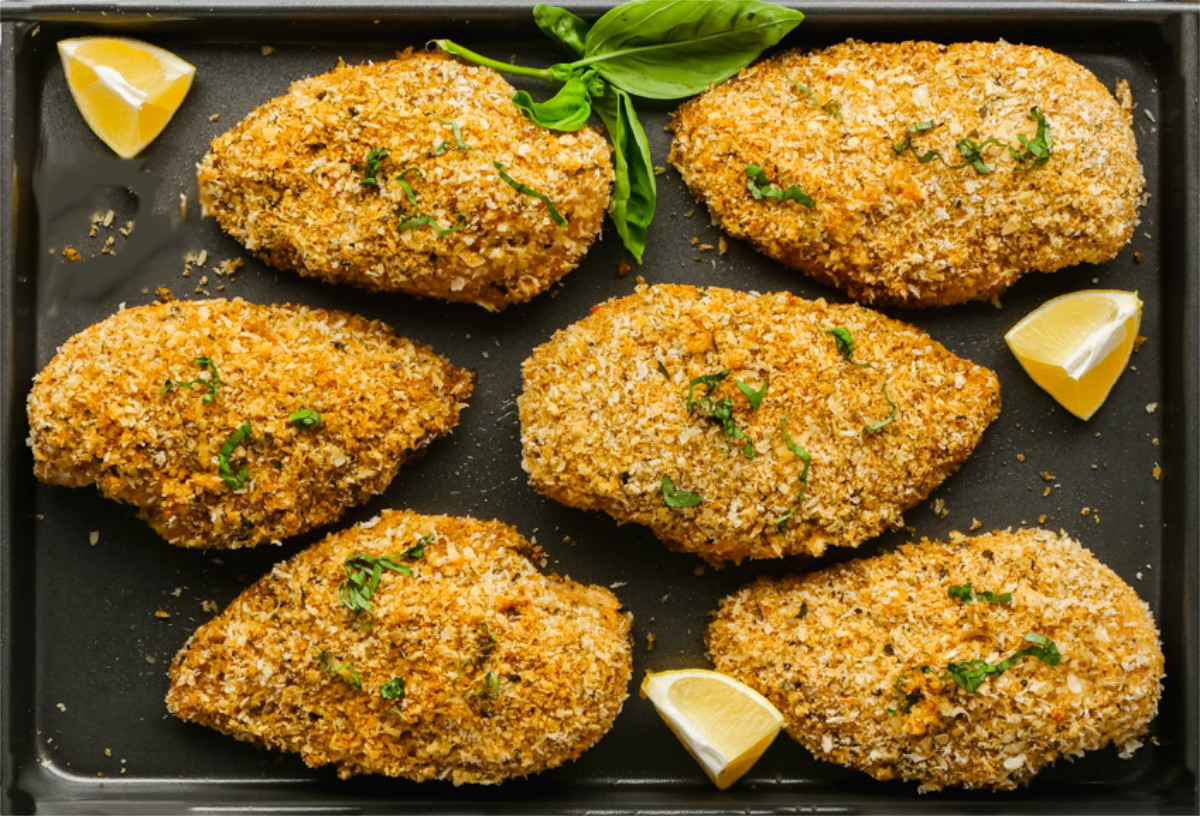
Chicken Schnitzel
The English term schnitzel means in general all types of breaded, fried flat pieces of meat. Schnitzel is very similar to the dish escalope in France, tonkatsuu in Japan, cotoletta in Italy, kotlet schabowy in Poland, milanesa in Argentina, chuleta valluna in Colombia and “chicken fried steak” of the USA. (Wikipedia).
Here’s a recipe with a how-to video from Joanna. Check out Jo Cooks for lots of great recipes.
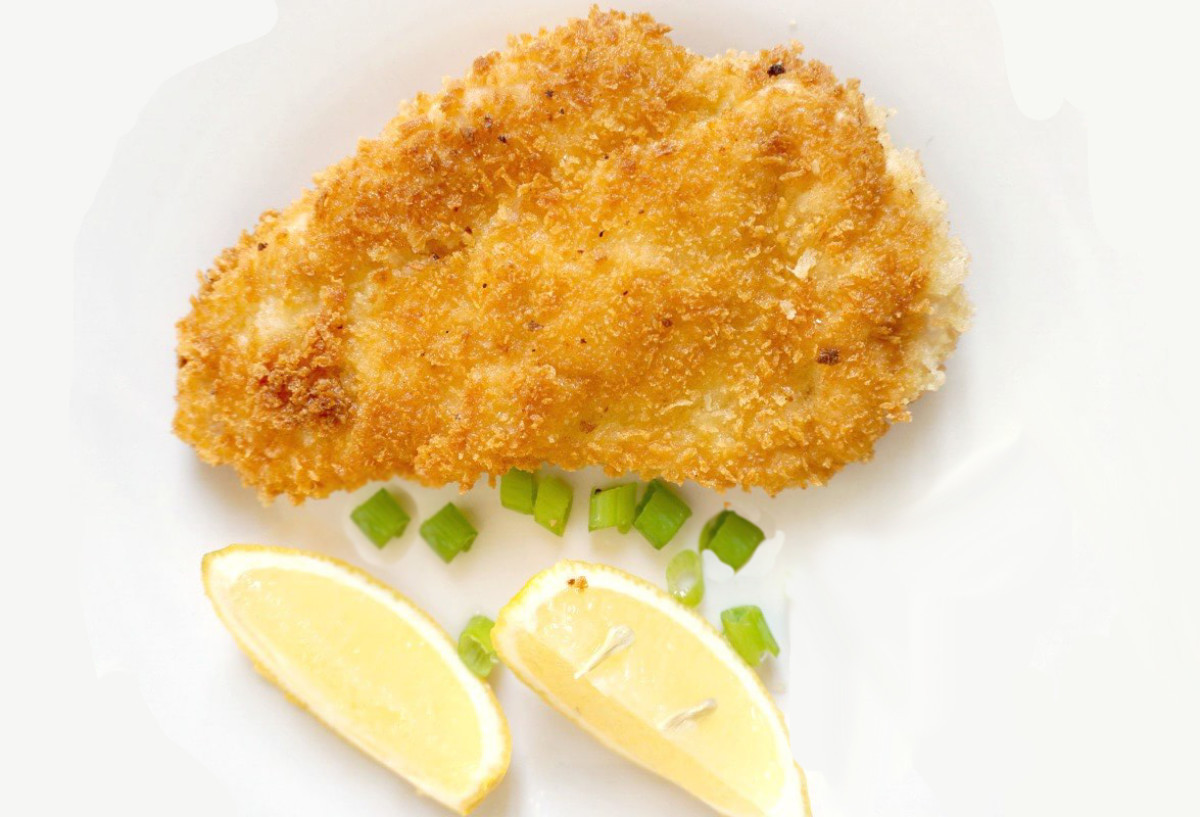
Spatchcock chicken
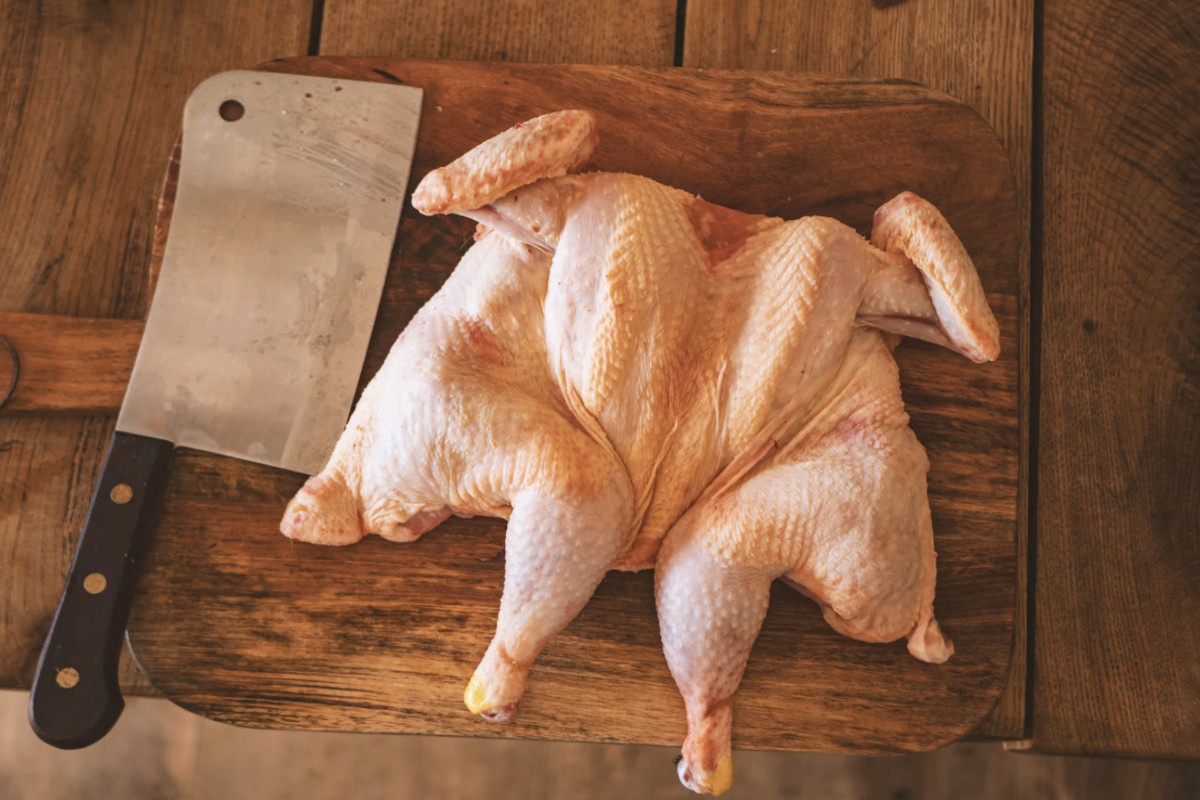
Now this is a great way to cook a full chicken when you are short of time. You split the backbone of the bird and flatten the carcase down and it will cook in half the time of a whole bird. Here’s a recipe from one of my favorite recipe sites. Joanna even has a video showing you how to spatchcock a chicken and how to flavor and dress the bird for best results. For busy cooks everywhere.
Chicken Legs and Thighs
Some people prefer the meat from the legs and thighs, saying dark meat has a deeper flavor and is much more moist than breast meat. Chicken thighs and drumsticks are great in casseroles and stews. Oriental cooking uses legs of chicken for preference.
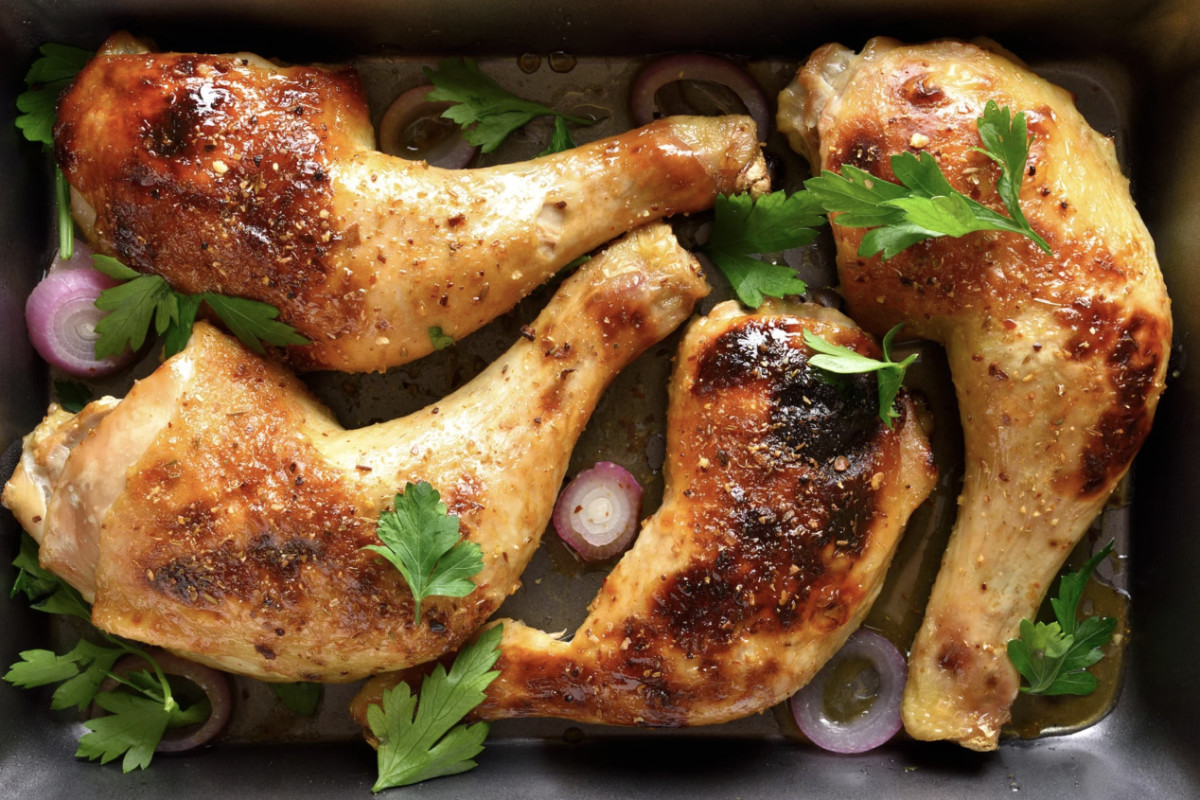
Air Fryer Chicken
I read an article in the Guardian a while back with a great headline: Air fryers – miraculous kitchen must have or just a load of hot air? I had never used an air fryer myself until recently, but foodie friends told me it is now an essential part of their kitchen equipment. Here’s another recipe from Jo Cismaru, this time for air fryer chicken thighs.
Chicken Stock
As you are cutting up your chicken, or after you have cooked a chicken, make sure you save all the pieces you trim off. When you buy a chicken try to get the giblets if you can, they add a layer of flavor to chicken stock that is special.
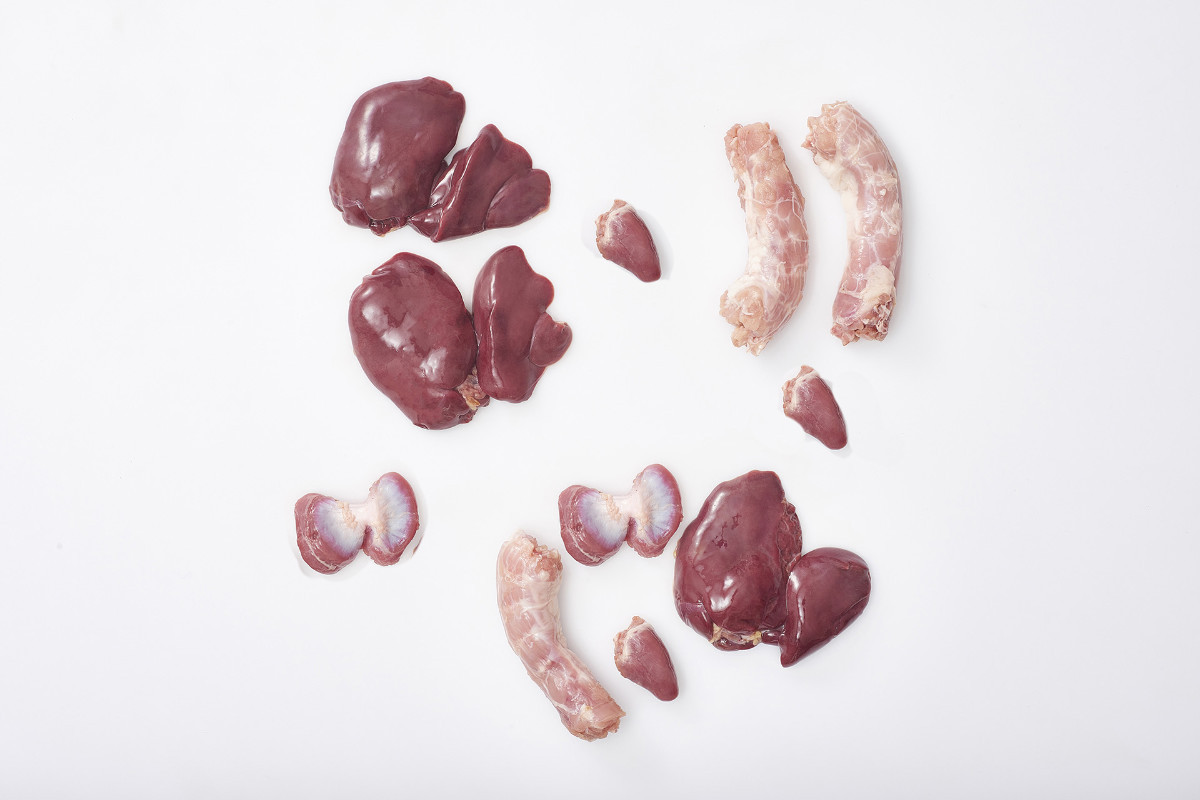
Ask your butcher for chicken carcases, giblets and bones then make chicken stock from this recipe on another blog post on this site. This recipe is for a large quantity, but you can always adjust the ingredient amounts downwards. After your stock is ready, decant it into smaller quantities and freeze it. A simple trick is to use ice cube bags that freeze water into discs. Pour your stock in and freeze it and whenever you need a small quantity you can tear off 1, 2 or 10 discs and use in your recipe.
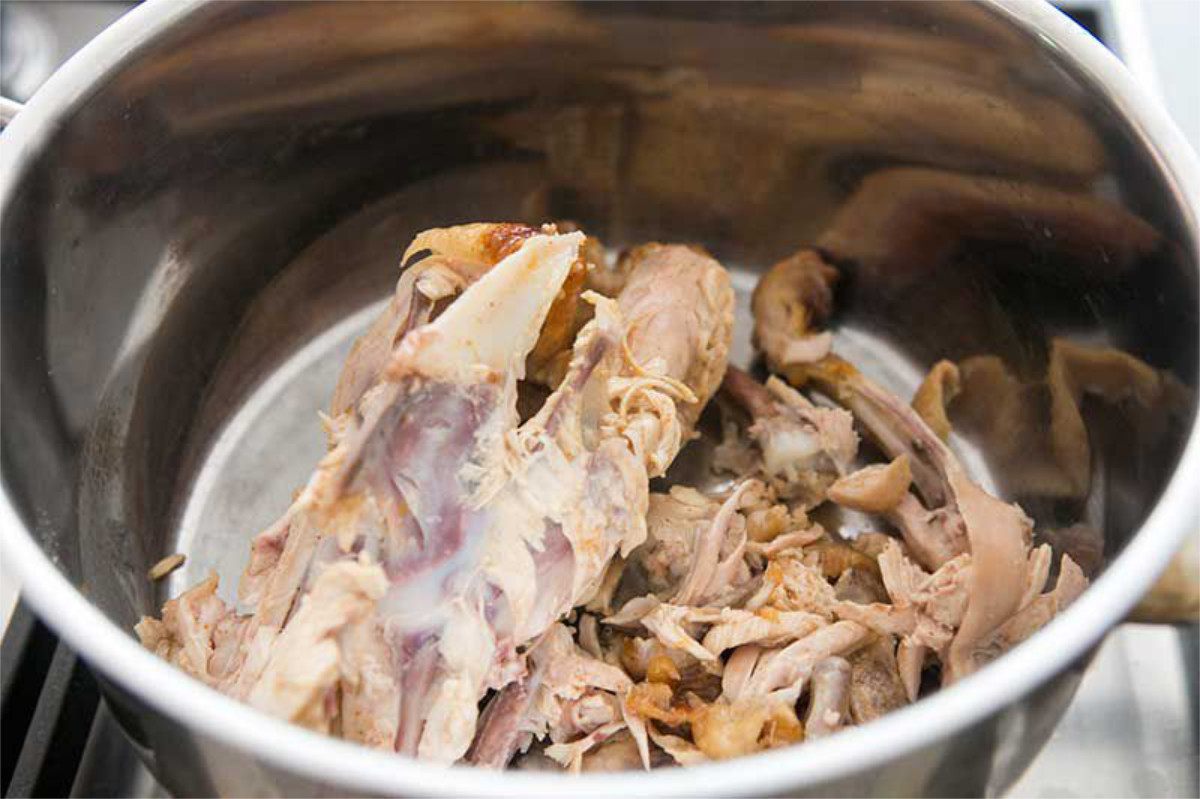
Always use raw chicken carcase along with cooked for maximum flavor. Chicken stock made from giblets, carcases, wings and various bones is so much healthier than store-bought stock. You can control the seasoning and specifically the amount of salt. You are also saving money, and in these days of price rises and inflation, that has to be a good thing.
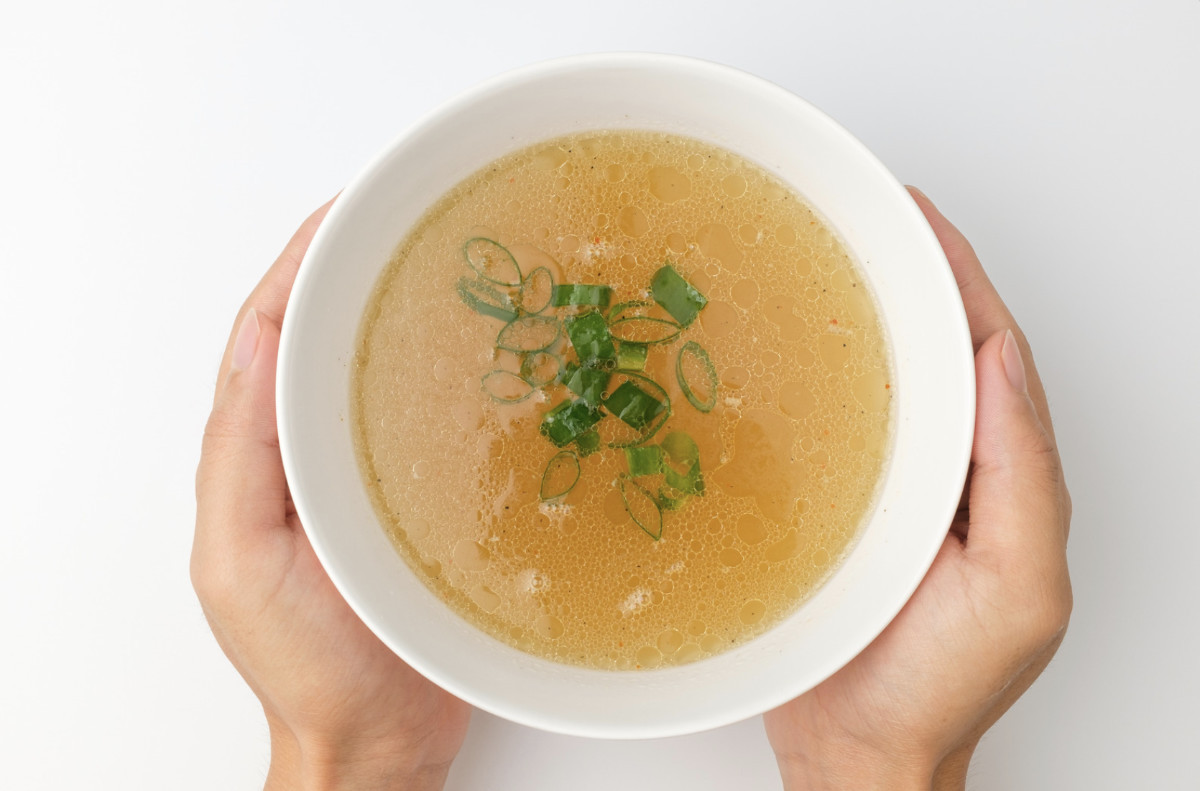
Shredded Chicken
So you’ve roasted or air fried your chicken and you have some left over. What to do? How about a nice shredded chicken salad? Just pull the pieces of leftover chicken apart with two forks, backs facing each other, and use up some excellent protein.
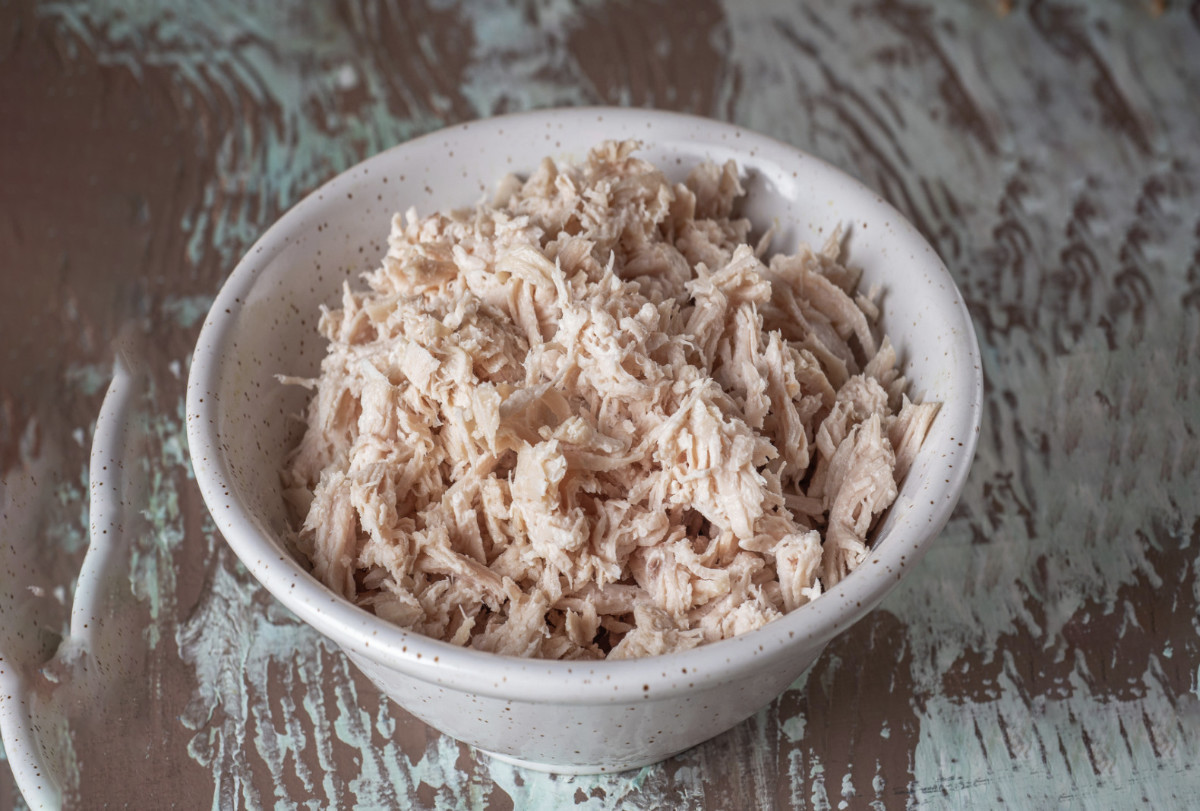
Marinades and Rubs to enhance flavor
The variety of marinades for chicken is pretty comprehensive and most people have their favorites. Here are a couple you might be interested in. Flavors from around the world are available on the net so you can try everything out…eventually.
Food safety while handling chicken
Raw chicken contains bacteria that can cause food poisoning. Wash and sterilise all utensils and cutting surfaces after working with uncooked chicken. Never wash chicken in the sink. There is no need as bacteria will be destroyed if chicken properly cooked. Washing chicken under the tap spreads bacteria far and wide. Use a meat thermometer when cooking meat, but particularly with poultry. Wash and dry hands regularly during cooking sessions.
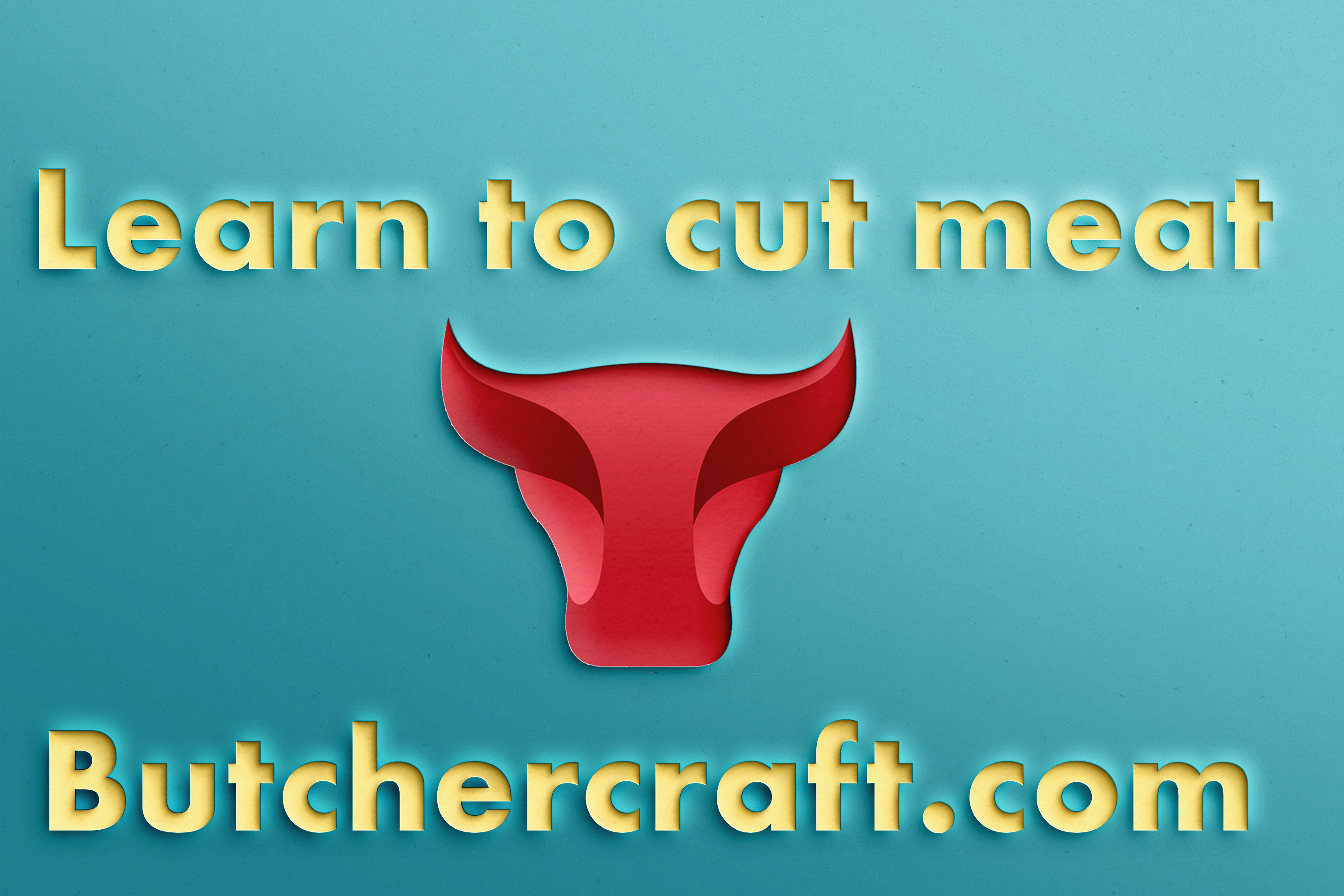
For information on food hygiene see safefood.eu
For information about online butchery courses see butchercraft.com
Leave a Reply